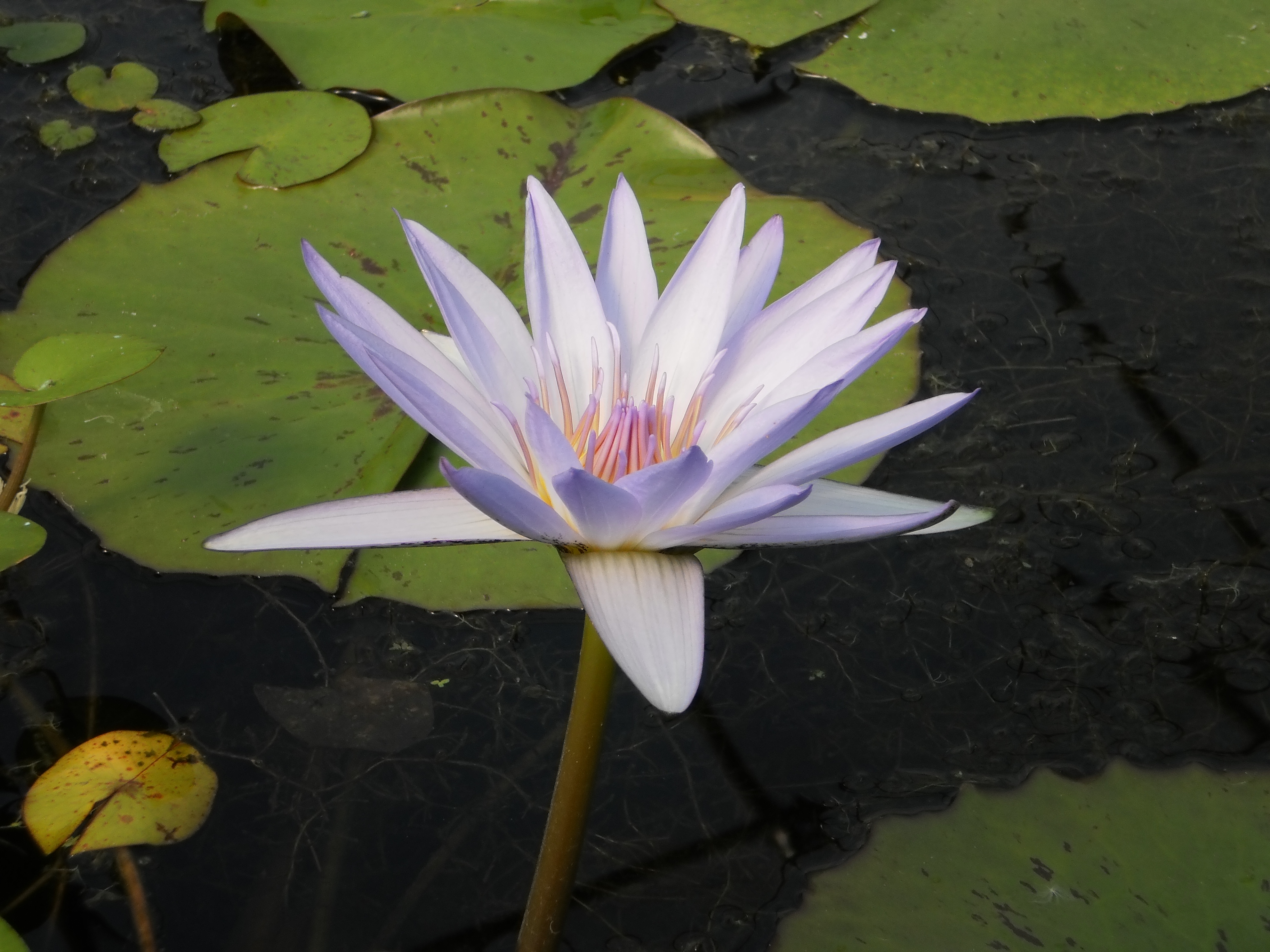
Aquatic flowers, also known as water flowers, can bring a touch of natural beauty and tranquility to any water garden or pond. These unique plants thrive in aquatic environments, providing not only aesthetic value but also contributing to the overall ecosystem of the water feature.
Aquatic Flowers
Aquatic flowers are plants that grow in or near water. They have adapted to surviving in wet environments and have unique features that allow them to thrive in water gardens, ponds, and other aquatic habitats. Aquatic flowers come in a variety of shapes, sizes, and colors, making them a versatile and beautiful addition to any water feature.
One of the most common types of aquatic flowers is the water lily. Water lilies are known for their stunning blooms that float on the surface of the water. These flowers come in a range of colors, from delicate whites and pinks to vibrant yellows and reds. Water lilies are not only visually appealing but also provide shade and shelter for aquatic life, such as fish and frogs.
Another popular aquatic flower is the lotus. Lotus flowers are large, dramatic blooms that rise above the water on tall stems. Many cultures revere these flowers for their beauty and symbolism. Lotus flowers have deep spiritual significance in Eastern religions and are often associated with purity and enlightenment.
Other types of aquatic flowers include water hyacinths, irises, and bog plants. These plants all have unique characteristics that make them well-suited for growing in and around water. Water hyacinths, for example, have striking purple flowers and long, floating roots that help filter the water and provide habitat for fish and other aquatic creatures. Irises come in a variety of colors and are known for their sword-like leaves and elegant blooms. Bog plants, such as cattails and rushes, can thrive in both wet and dry conditions, making them a versatile choice for water gardens.
Benefits of Aquatic Flowers
Aquatic flowers offer a variety of benefits to water gardens and ponds. One of the primary benefits of water flowers is their ability to help maintain a healthy ecosystem. Aquatic plants play a crucial role in oxygenating the water and removing excess nutrients, such as nitrogen and phosphorus, which can lead to algae blooms and other water quality issues. By incorporating aquatic flowers into your water garden, you can help create a balanced and thriving ecosystem that supports a diverse range of plant and animal life.
In addition to their ecological benefits, aquatic flowers also enhance the visual appeal of water features. Their vibrant colors and unique shapes can add a pop of color and interest to ponds and water gardens, creating a peaceful and inviting atmosphere. Water lilies, in particular, are prized for their elegant blooms and delicate fragrances, making them a popular choice for water garden enthusiasts. Aquatic flowers also provide habitat and food for a variety of wildlife. Frogs, dragonflies, and other insects are attracted to the blooms of water flowers, which also provide food for fish and other aquatic creatures. By planting aquatic flowers in your water garden, you can help support a diverse and healthy ecosystem that benefits both plants and animals.
How to Incorporate Aquatic Flowers into Your Water Garden
If you're interested in adding aquatic flowers to your water garden, there are a few key considerations to keep in mind. First, it's important to choose plants well-suited to the size and depth of your pond or water feature. Some aquatic flowers, such as water lilies, require specific growing conditions, such as water depth and sunlight exposure, to thrive. Be sure to research the requirements of each plant before adding them to your water garden.
Once you've selected the right plants for your water garden, you must properly plant and care for them. Depending on the species, aquatic flowers can be planted in pots or directly in the soil at the bottom of your pond. Water lilies, for example, are typically planted in pots and placed on the bottom of the pond, with their leaves and blooms floating on the surface. On the other hand, lotus flowers are planted in the soil at the base of the pond and grow up through the water.
In addition to planting, aquatic flowers require regular maintenance to ensure their health and vitality. This includes fertilizing the plants, trimming dead or decaying leaves, and controlling algae growth. By providing proper care and attention to your aquatic flowers, you can enjoy their beauty and benefits for years to come.
Shop LilyBlooms Aquatic Gardens
If you're looking to add aquatic flowers to your water garden, look no further than LilyBlooms Aquatic Gardens. As a leading mail-order water garden company, we offer a wide selection of live pond plants, trapdoor pond snails, and water garden products to help you create a beautiful and thriving water feature. With several growing facilities that we ship from, we are committed to providing high-quality plants and products to customers across the country.
